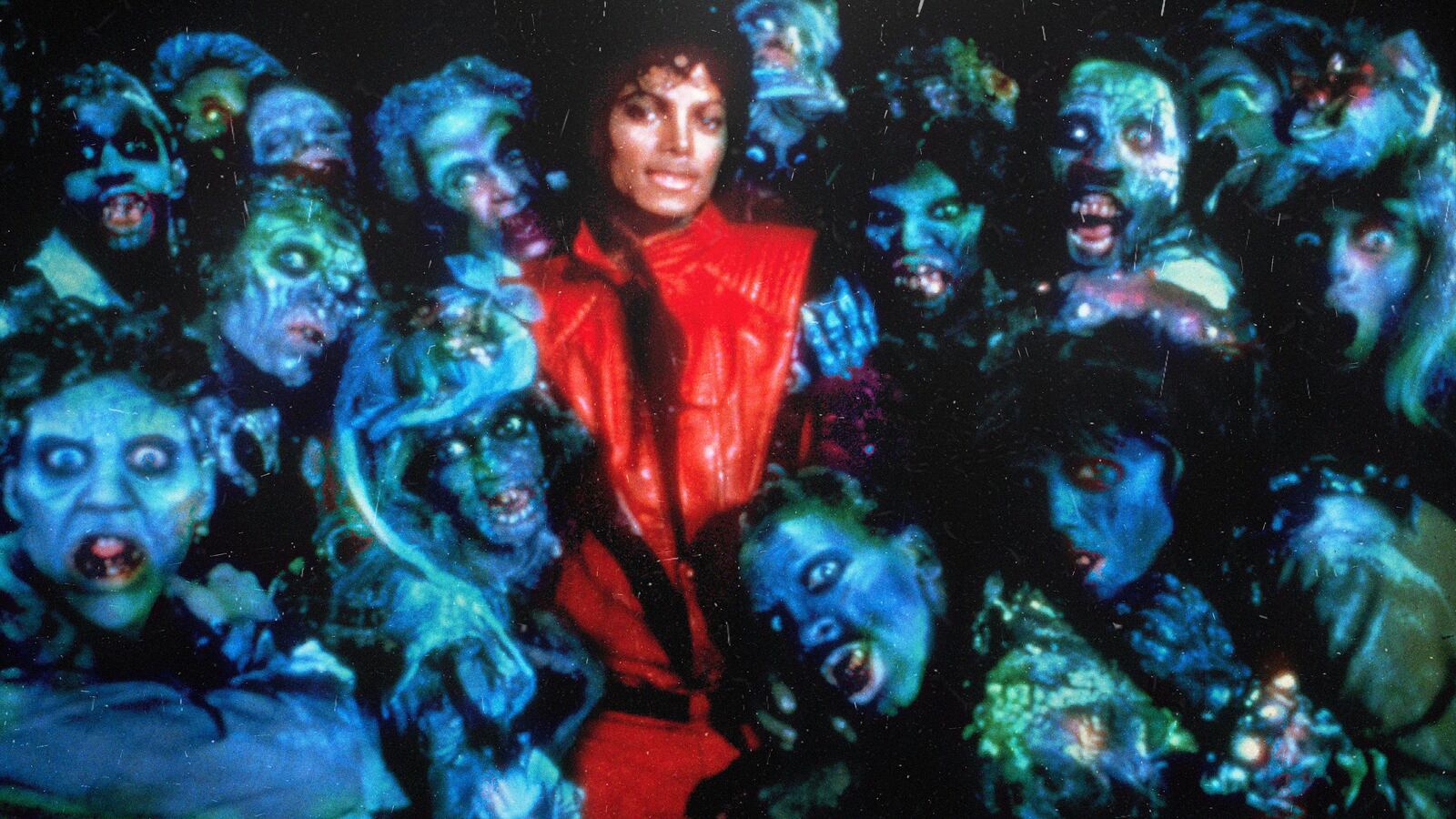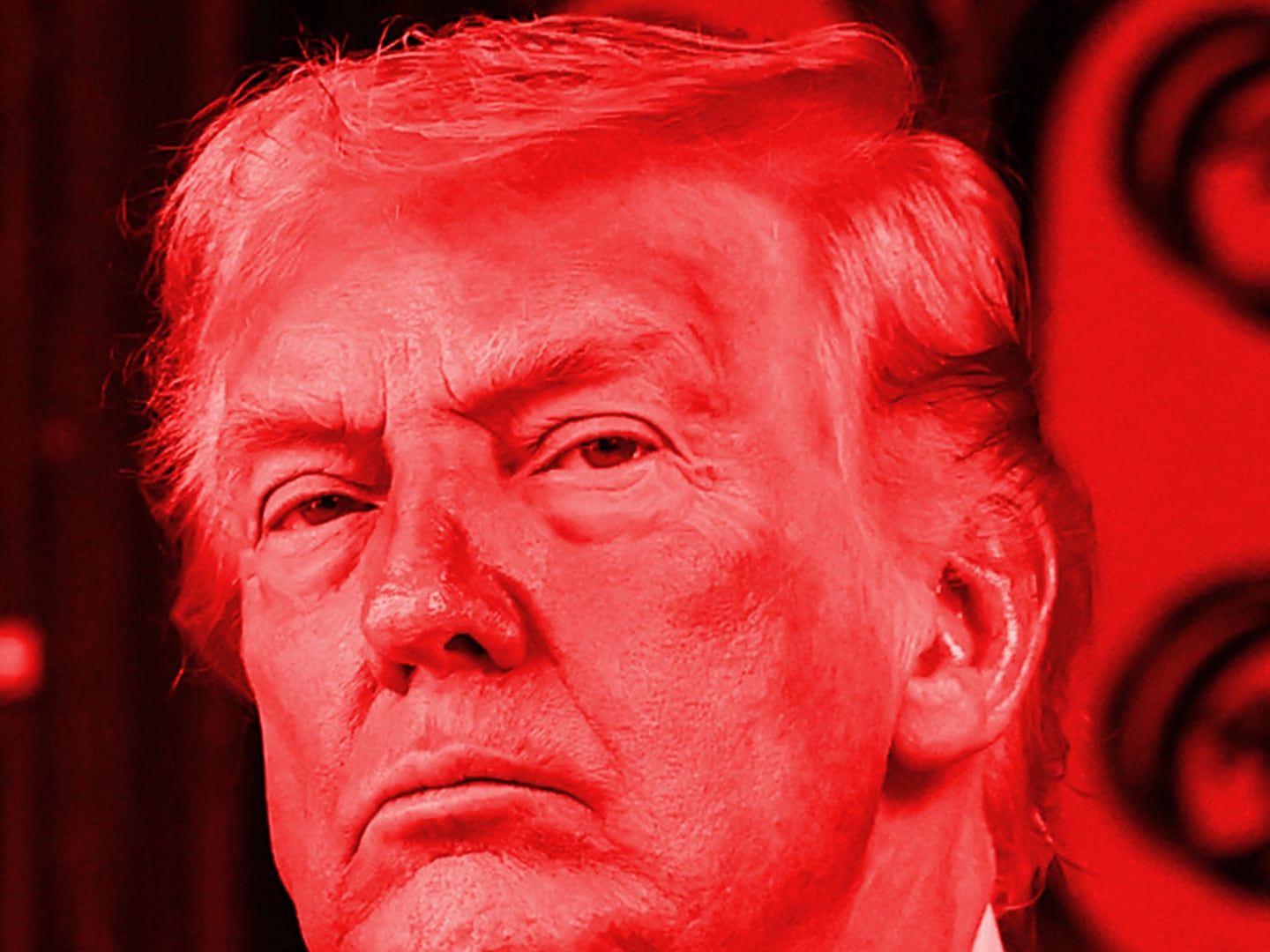Sometimes the artists we love fall from grace, and sometimes they do it so spectacularly—so monstrously—that we find ourselves unable to further indulge in their creations. Most of us have experienced this to some degree. For me, the latest example is Marilyn Manson.
I vividly remember when the risqué video for “The Dope Show” debuted on MTV, and how it thrilled me by every metric. Few things were as alluring to my young, rebellious mind as the plethora of disquiet he elicited from hand-wringing acolytes of the Cross, fueled by rumors that were shared about his personal life in equal tones of horror and fascination—I heard he had his lower ribs removed so that he could…
While most of such talk was obvious shock nonsense, more credible were the scattered murmurs about his mistreatment of women, but such hearsay disappeared into the ever-present abundance of controversy that surrounded him. I was willing to disregard the whispers of abuse—willing being a key word here, because sometimes it takes effort to disbelieve the truth—shrugging it off as so many flames fanned beneath yet another witch. Then the Evan Rachel Wood story came out followed by a torrent of abuse claims, and, well… it’s hard to ignore such an apparent degree of monstrosity. Even though I have long been a vocal proponent of the much-contested concept of separating the art from the artist, I haven’t been able to listen to Manson’s music ever since.
I tell this story to Claire Dederer, author of Monsters: A Fan’s Dilemma (available April 25), which examines precisely these sorts of situations. She nods empathetically.
“This is a book about heartbreak, right? That’s what it’s really about,” she says. “Actually, what you’re describing is very pure. You’re having this experience where you love something, then you learn something—biography came to you—and now the work is disrupted. And yet you are also the same person who believes that the art and artist must be separated. A lot of the book is pushing against that idea that there is something that's authoritative or correct about saying there must be a separation. Even you—who believes there must be a separation—are unable to separate. It’s what's really happening rather than what ought to be happening.”
In Monsters, Dederer examines her own experiences and notions when it comes to the monstrous men and women we look to as great artists, questioning, “Do we believe genius gets special dispensation, a behavioral hall pass?” While she meditates on the troubling case of Roman Polanski in particular—whose work she venerates but actions she abhors—she also delves into Woody Allen, Michael Jackson, and a slew of other artistic moral quandaries: including her own.
“It has to do more with an absolutist idea of what caregiving was,” she tells me when I ask her how she could be construed as a monster. In one chapter of Monsters, she explores the internal and external pressures imposed upon artistic mothers by examining the lives of Doris Lessing and Muriel Spark, both of whom notoriously chose to prioritize creating their art over rearing their children. She relates this to her own needs and urges to isolate from family in favor of work—an inclination that she suggests many women feel but cannot express due to fear of castigation.
“I’m 56, so I grew up with this very coercive ideal of what it is to be a mother, and so making art or making time for myself can feel monstrous in that construct. I quote in the book from Hemingway’s Death in the Afternoon where he says, ‘The problem for the writer is understanding not what you’re supposed to feel but what you’re really feeling and then trying to write that down.’ And so a lot of the writing about motherhood isn’t pointing a finger and saying that mothers who write are monsters. It’s talking about the feeling that one is abdicating one’s responsibilities by doing one’s work.”
This question of the artist revealing what they’re supposed to feel versus what they’re genuinely feeling is a central theme to Monsters. I wonder, as we chat via Zoom, whether the contemporary artistic atmosphere pushes artists to repress their true, sometimes unpopular feelings rather than brave the online firing squad?
“I talk about this idea of shame in the book,” she says, “and this idea that there’s this feeling of imminent shame that anybody who puts anything in the world is living with now and that it’s there kind of waiting for you. And I think it’s really interesting that you can both constantly be putting out work—whether that’s through your own writing or whether you’re using social media for the presentation of the self through a mediated written or image language that is more dominant than ever—and yet are we hiding more of ourselves?
“The writer Melissa Febos was writing on Twitter recently about the idea of a good faith reader versus a bad faith reader. You see people struggling in this kind of recursive, endlessly self-questioning way with every sentence they write, second-guessing themselves, never being purely in their feeling, mitigating their artistic expression. And her fix for that—which I think is brilliant—is, imagine a good faith reader. Forget the bad faith reader. We can’t write to the bad faith reader or we’ll never make anything that’s of value.
“And if you really believe that the work of nonfiction narrative, memoiristic prose is to say what’s difficult so that other people will feel less alone with difficulty—right? That’s the moral charge of it—if you’re constantly holding the bad faith reader in your mind, you can’t do the actual work that justifies personal writing, because personal writing is narcissistic. It can be an incredibly non-useful form of writing, but it does have this moral or even ethical charge to say what is hard so other people feel less alone. And it does that in a way that no other writing does because it’s nonfictional—you write your nonfictional pain and it’s different than reading it in a novel. So, if we’re constantly thinking about this shame that's waiting for us or this bad faith reader that’s waiting for us, we’re not only mitigating our art—which is bad enough—but we’re sort of failing to do the work that is before us.”
Monsters represents Dederer’s third long-form go-around of doing said work, i.e., exposing her inner world via memoir as a means of analyzing her place in the world around her. Before her latest release, she’s previously mulled mid-life sexual tribulations via Love and Trouble, and motherhood and yoga in the bestselling Poser. Next she’s venturing into the world of fiction by way of a novel.
“Having written two memoirs and then writing a book-length work of criticism—which is really what this is—obviously I’m exhausted of myself,” she laughs. “I’m sick of myself. So I’m really attracted right now to inhabiting other characters through imagination.”
A book of criticism Monsters may be, but along the way it reveals a number of Dederer’s personal struggles, from the aforementioned meditations on the conflict between the joys of motherhood and satisfaction of work, to her decision to leave behind booze in favor of sobriety (“My life was growing increasingly unmanageable,” she admitted during our talk), to her complicity or lack thereof when it comes to enjoying the creations of artistic monsters. Accordingly, there are at times direct lessons to be gleaned from the book—something Dederer is somewhat averse to admitting.
“One thing I’ve become more aware of as I’ve gotten older as a writer,” she says, “and certainly with a book like this, is that no matter how much I say, don’t read this prescriptively, people are going to read it prescriptively. It’s amazing how hard it is to get out of being read prescriptively even if you’re clearly just writing a memoir about how, you know, fucked up you are.”
So does Dederer have a prescription for separating the art from the artist? What do we tell, for example, those who grew up listening to Thriller and learning the dance?
“We can’t have an answer that's for everyone. You don’t have to have a grand unified theory of Michael Jackson. Not only did somebody else practice that dance for years of their adolescence, but that was their first dance with their spouse, ya know what I mean? We don’t get to say for that person that they have to stop. That’s the structure putting the decision on the consumer. It’s not your responsibility. Be responsible about making the world better and more fair.”
If that comes off as a vote in favor of separating the art from the artist, withhold your conclusions until you’ve had a chance to read the book. In Monsters, the artists in question don’t escape so easily. The reality is more complex than a simple prescription.
“Figuring out what to do with the art doesn't mean that we shouldn't say what's wrong,” she tells me. “We should say when something's wrong. What do you do after that? I think that you continue saying it and then you figure out if the balance is out of whack. If you can't take it or from your subjective you feel not seen by it or it upsets you too much—all ranges of responses are fine. But what’s not fine to me is to pretend that it’s OK, to pretend that elements don't exist.”
In other words, the monsters are real. It’s up to each of us to decide how we will confront them.
That said, I’m still not sure what to do about Marilyn Manson.






